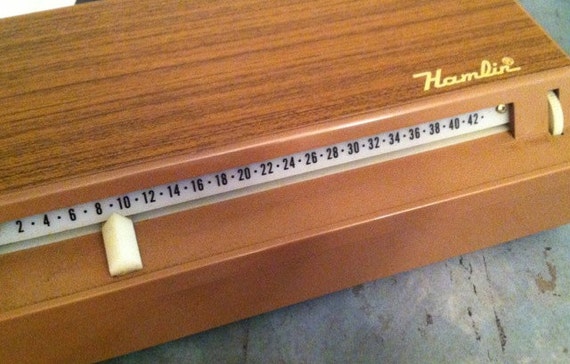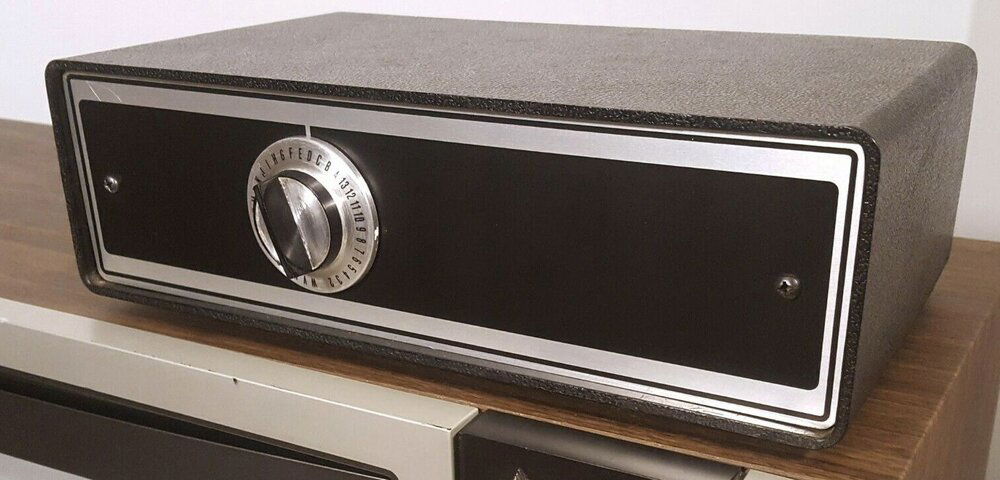I was at a commercial job today on a digital HD headend. Couldn't get anything to come on channel 47 (350 MHz or higher)
I never seen a splitter with such a low rating for passing frequencies.
Needless to say me and the customer replaced this beauty with a 2-way and (2) 8-way 1 gig splitters.

I never seen a splitter with such a low rating for passing frequencies.
Needless to say me and the customer replaced this beauty with a 2-way and (2) 8-way 1 gig splitters.



